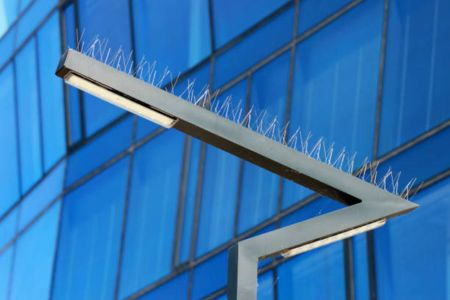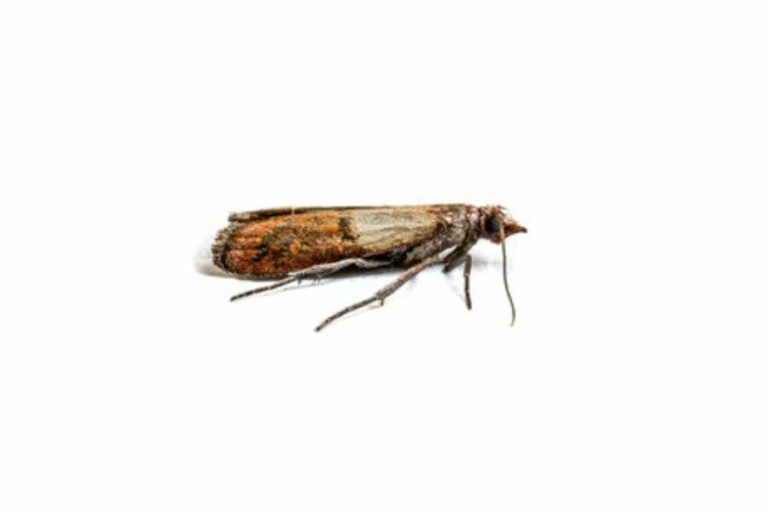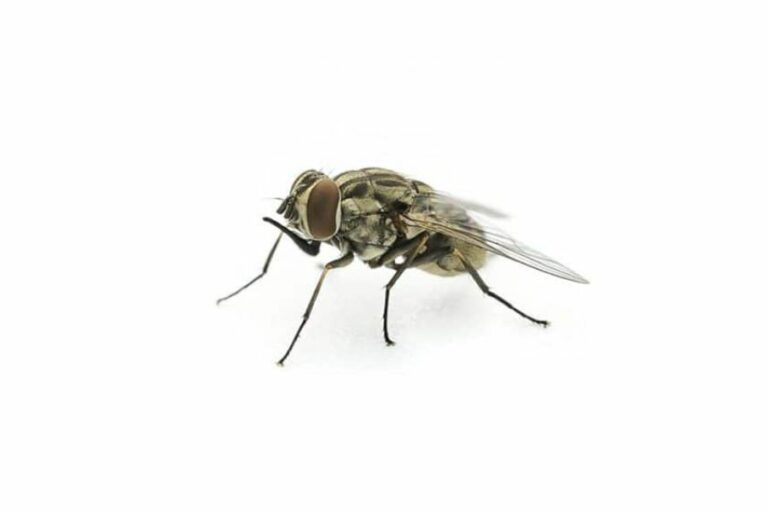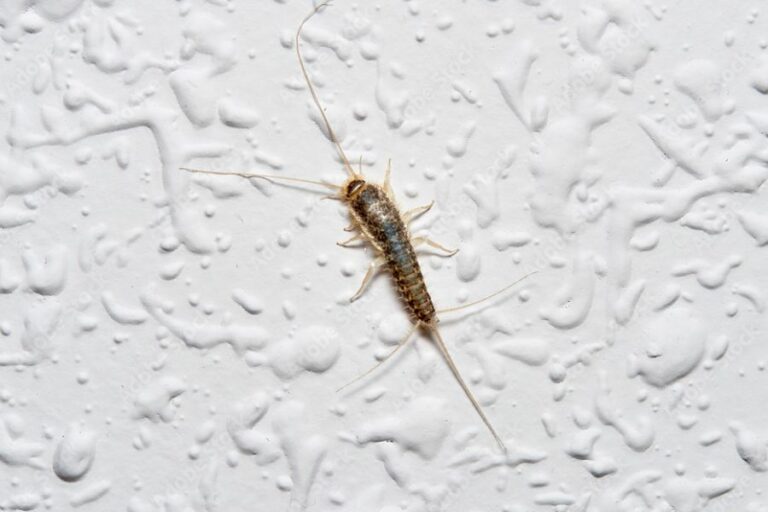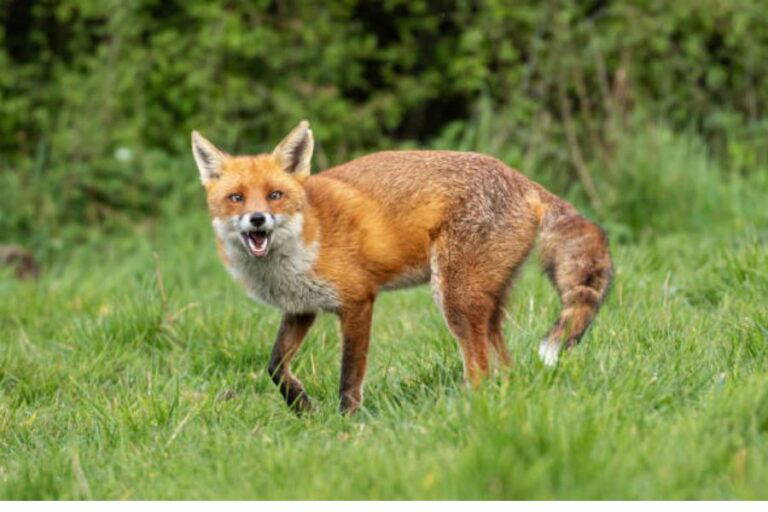Dealing with Squirrels
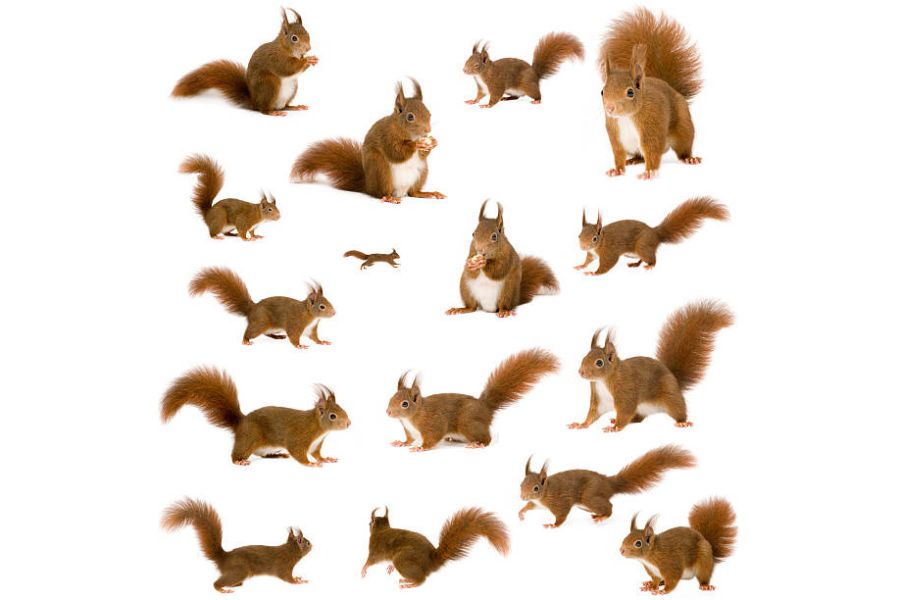
Dealing with Squirrels: A Comprehensive Guide to Garden Protection, Nest Insights, and Legal Considerations
How to stop squirrels from digging up plants?
To prevent squirrels from digging up plants, you can employ a combination of physical barriers and natural deterrents. Here are some effective strategies:
- Fencing: Install a sturdy fence around your garden or individual plant beds. Use materials such as metal hardware cloth with a small mesh size to prevent squirrels from accessing the plants.
- Chicken wire or mesh: Cover the soil around your plants with chicken wire or mesh. Bury the edges to prevent squirrels from burrowing underneath. This barrier will make it difficult for them to dig.
- Mulch alternatives: Consider using mulch alternatives like gravel, rocks, or pine cones around your plants. Squirrels find these textures uncomfortable to dig in, discouraging their destructive behaviour.
- Repellents: Utilise natural repellents that have scents squirrels dislike, such as cayenne pepper, garlic, or predator urine. Sprinkle these repellents around the base of your plants or create a perimeter to deter squirrels.
- Plant selection: Opt for plants that are less appealing to squirrels. They avoid plants with strong fragrances, prickly leaves, or bitter tastes. Research squirrel-resistant plant varieties and include them in your garden.
- Noise and motion devices: Squirrels are sensitive to sudden noises and movements. Place wind chimes, aluminium foil strips, or pinwheels near your plants to create an unpredictable environment that discourages squirrels.
- Squirrel feeders: Provide a separate feeding station for squirrels away from your garden. Fill the feeder with nuts or seeds to divert their attention from your plants.
- Regular maintenance: Keep your garden tidy by removing fallen fruits, nuts, and debris that may attract squirrels. You reduce their motivation to dig in your garden by eliminating potential food sources.
Remember to employ a combination of these methods for best results. Experiment with different approaches to find what works best for your specific situation. Implementing these preventive measures protects your plants from squirrel damage and maintains a thriving garden.
What does a squirrel nest look like?
A squirrel nest, commonly called a drey, is a carefully constructed and intricately woven structure that serves as a cosy home for squirrels. These nests are typically high in trees, providing safety and protection from predators and the elements. Let’s dive into a detailed description of a squirrel nest:
Size and Shape: A squirrel nest is roughly spherical or oval, resembling a large ball or a dome. Its size can vary depending on the squirrel species and the availability of nesting materials, but they typically measure around 1 to 2 feet in diameter. The nest’s size gradually increases as the squirrel adds more materials.
Materials Used: Squirrels utilise a variety of natural materials to build their nests. The outer layer is often composed of twigs, small branches, and leaves, forming a sturdy framework. They intricately interweave these materials, creating a strong foundation for the nest. Inside, the squirrels incorporate softer materials such as moss, grass, and strips of bark, providing comfort and insulation.
Construction Technique: Squirrels exhibit impressive architectural skills when constructing their nests. They meticulously interlock the twigs and branches, weaving them together to reinforce the overall structure. The outer layer is typically more robust and tightly woven to protect against the elements, while the inner layer is softer and more cushioned for comfort.
Location: Squirrel nests are usually situated in the forks of tree branches high above the ground. The squirrels carefully select sturdy branches, preferably in deciduous trees, as they provide excellent cover during leafy seasons and protection against harsh weather conditions. The height of the nest can vary, but it is commonly found at least 20 feet above the ground, ensuring safety from ground-based predators.
Seasonal Maintenance: Squirrels exhibit nest maintenance behaviours to ensure the longevity and functionality of their homes. They may repair and reinforce the nest regularly, especially before the breeding season or during inclement weather. Additionally, squirrels may build multiple nests within their territory, using different locations as alternative shelters.
Overall, a squirrel nest is a remarkable example of nature’s craftsmanship. It’s sturdy and intricately woven structure provides squirrels with a safe and cosy abode amidst the treetops, showcasing their resourcefulness and adaptability in creating a haven within the natural world.
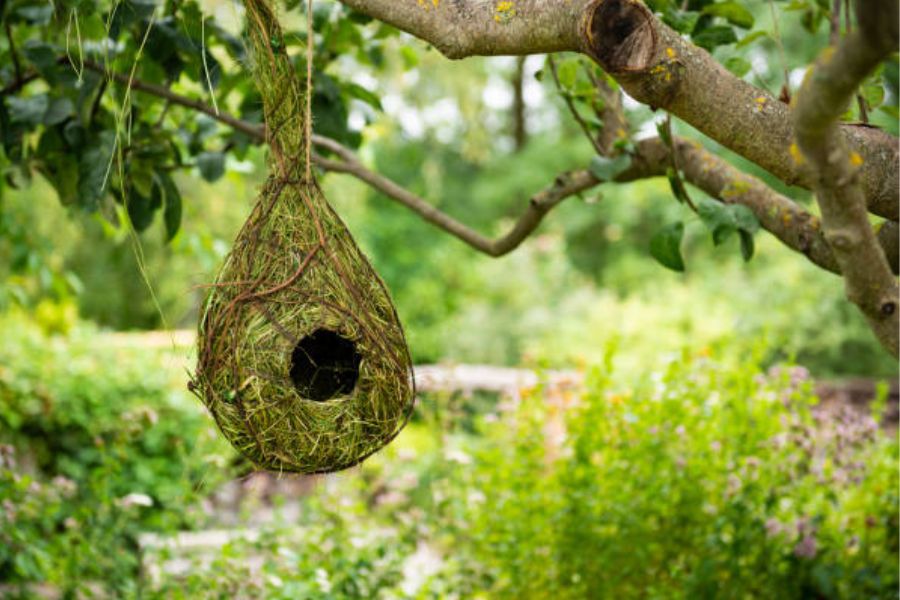
What do squirrels hate the most?
Squirrels have a few things they particularly dislike, which can be utilised to deter them. One of the strongest deterrents for squirrels is the pungent odour of certain substances such as cayenne pepper, garlic, or vinegar. Applying these as sprays or creating barriers with these scents can help keep squirrels at bay. Additionally, squirrels dislike the texture and taste of certain plants, including daffodils, hyacinths, and marigolds. Introducing these plants in your garden or near vulnerable areas can be a natural deterrent against squirrel activity.
How do I squirrel-proof my bird feeders?
Squirrel-proofing your bird feeders involves implementing measures that prevent squirrels from accessing the food while still allowing birds to feed undisturbed. There are several effective strategies to achieve this. Firstly, consider investing in squirrel-proof feeders designed explicitly with mechanisms to thwart squirrels, such as weight-activated barriers or cages. Position the feeders at least 10 feet away from any structures that squirrels can leap from, ensuring no overhanging branches are nearby. You can also install baffles or domes above or below the feeders to prevent squirrels from reaching them. Regularly clean up spilt seeds to avoid attracting squirrels to the area. Finally, incorporating squirrel-deterrent tactics like placing slippery poles or applying squirrel repellents to the feeder poles can provide additional protection against their persistence.
What diseases do squirrels carry?
Squirrels can carry several diseases, although the likelihood of transmission to humans is generally low. Among the conditions associated with squirrels are leptospirosis, salmonellosis, tularemia, and the potential contribution to the spread of Lyme disease. Leptospirosis can be transmitted through squirrel urine, while salmonellosis can be contracted through contact with squirrel faeces or contaminated food and water. Squirrels can carry the bacteria that cause tularemia, which can be transmitted through bites or contact with infected tissues or fluids. Additionally, squirrels can play a role in transmitting Lyme disease by harbouring ticks that carry the bacteria. Practising good hygiene, such as washing hands after handling squirrels or their waste, is essential to minimise the risk of infection. If any exposure or symptoms occur, it is advisable to consult a healthcare professional for proper evaluation and guidance.
How do I trap squirrels humanely?
When trapping squirrels, humane methods prioritise the animal’s well-being. Here are some guidelines for humane squirrel trapping:
- Choose the right trap: Select a live trap designed explicitly for squirrels. These traps typically have a one-way entry mechanism that allows the squirrel to enter but prevents it from escaping.
- Placement: Position the trap where squirrels are active, such as near their entry points or along their common pathways. Ensure the trap is stable and won’t cause harm to the squirrel when triggered.
- Bait: Use enticing bait to attract the squirrel into the trap. Standard baits include nuts, seeds, or peanut butter placed at the far end of the trap. Avoid using baits that may be harmful or toxic to squirrels.
- Check regularly: Check the trap frequently to minimise the stress and discomfort for the captured squirrel. It’s crucial to release any non-target animals promptly and handle the trapped squirrel with care.
- Release in a suitable location: Release the squirrel in a suitable habitat away from human dwellings and where it can find shelter, food, and water. Ensure the release site is ideal for the specific squirrel species and complies with local regulations.
Remember to familiarise yourself with local laws and regulations regarding squirrel trapping and release. It’s necessary to approach trapping with empathy and respect for the animal’s well-being.
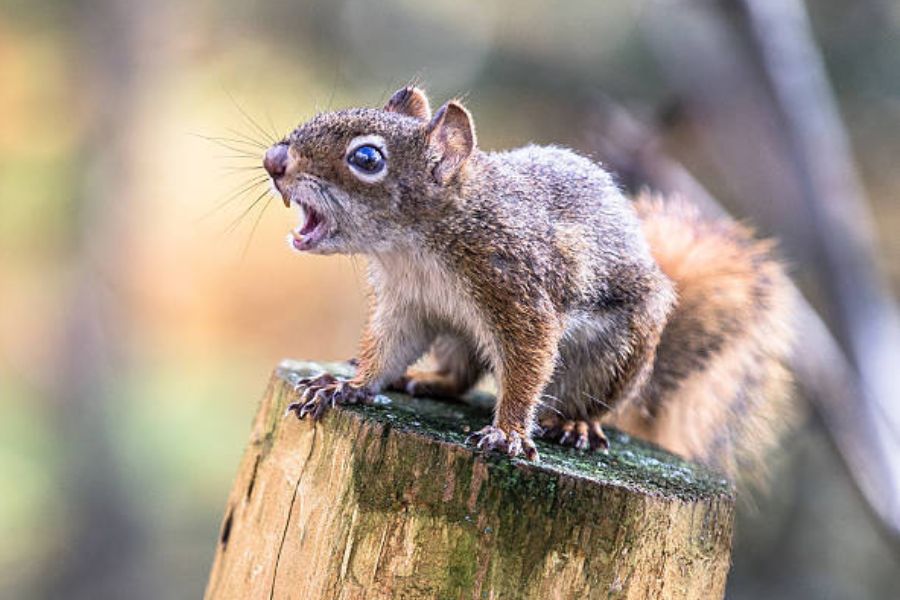
Are there natural methods to deter squirrels from my property?
Yes, there are natural methods that can help deter squirrels from your property. Here are some effective natural deterrents:
- Scent-based repellents: Squirrels have a strong sense of smell, and certain scents can discourage them from venturing into specific areas. Natural repellents such as cayenne pepper, garlic, or predator urine around vulnerable areas or plant beds can help deter squirrels.
- Plant deterrents: Some plants have natural properties that squirrel dislike. Incorporate squirrel-resistant plants, such as daffodils, hyacinths, or marigolds, into your garden. These plants have scents or textures that squirrels find unappealing.
- Spicy Sprays: Create a homemade spray by mixing water, cayenne pepper, or hot sauce. Spray this solution on plant foliage or around areas you want to protect. The spicy taste will deter squirrels from chewing or digging.
- Physical barriers: Install physical barriers to prevent squirrels from accessing specific areas. Use wire mesh or fences with small openings around garden beds or trees to create a barrier squirrels cannot pass through.
- Bird feeder protection: If you have bird feeders, consider investing in squirrel-resistant feeders that have mechanisms to prevent squirrels from accessing the food. Place the feeders away from trees or structures squirrels can use to jump onto the feeders.
- Noise and motion: Squirrels are sensitive to sudden noises and movements. Utilise noise-making devices like wind chimes, aluminium foil strips, or motion-activated sprinklers to create an unpredictable environment that discourages their presence.
By combining these natural deterrents and being consistent in their application, you can help reduce squirrel activity and protect your property in a humane and eco-friendly way.
What are the legal implications of squirrel removal?
The legal implications of squirrel removal can vary depending on local regulations. It is important to consult local laws and wildlife management authorities to understand the requirements and permits needed. Some regions may have protected squirrel species, requiring special considerations. In general, humane treatment and non-lethal trapping methods are expected. Exclusion methods may be allowed to prevent squirrel access to buildings, but caution must be taken to avoid trapping squirrels inside. Seeking assistance from professional wildlife removal services can ensure compliance with the law while prioritising the safety of both humans and animals.

